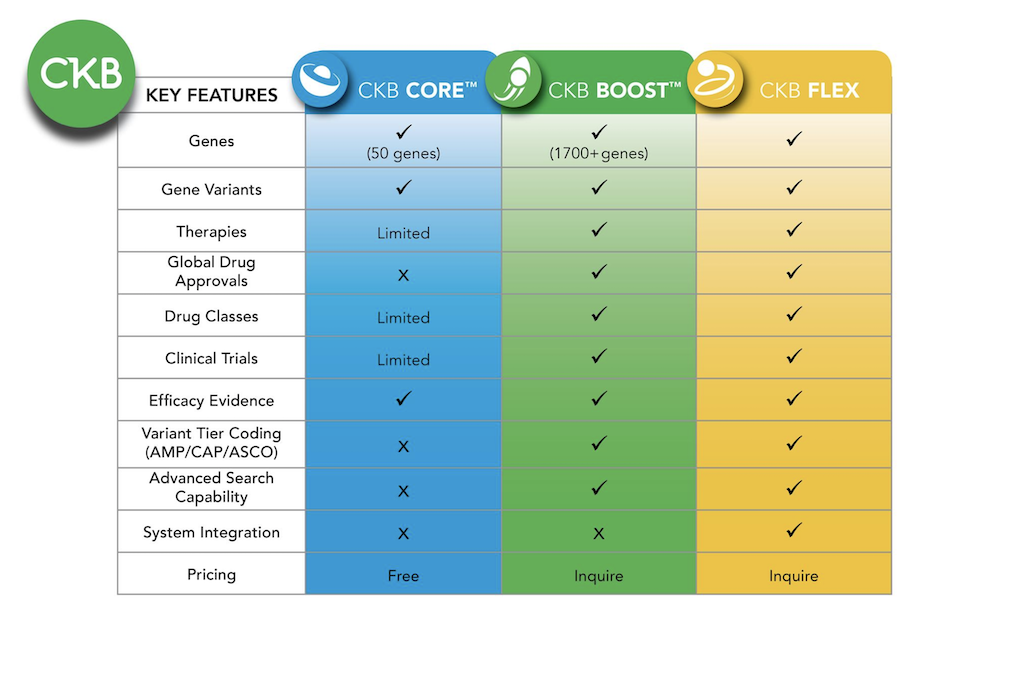Gene Detail
Contact
Missing content? – Request curation!
Request curation for specific Genes, Variants, or PubMed publications.
Have questions, comments, or suggestions? - Let us know!
Email us at : ckbsupport@jax.org
| Gene Symbol | KEAP1 | ||||||||||
| Synonyms | INrf2 | KLHL19 | ||||||||||
| Gene Description | KEAP1, kelch like ECH associated protein 1, binds Nrf2 and targets it for ubiquitin-mediated degradation, thereby negatively regulating the downstream cytoprotective activity of Nrf2 (PMID: 24142871, PMID: 27263465, PMID: 28523248). KEAP1 loss-of-function mutations have been identified in several tumor types, including lung and liver cancers (PMID: 24142871, PMID: 27263465, PMID: 29615460). | ||||||||||
|
|||||||||||
Additional content available in  CKB BOOST
CKB BOOST
